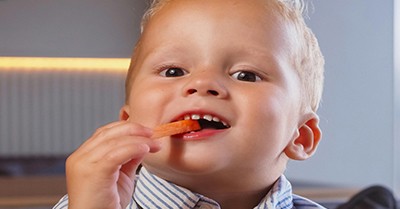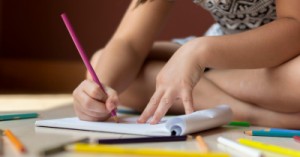Here’s a set of open-ended observation starters for mealtimes and nutrition, designed to support authentic child voice, trauma-informed practice, and emotionally intelligent documentation. These can be used across age groups and settings—from infants exploring textures to preschoolers engaging in cultural conversations around food.
Infants & Toddlers
- “The child reached toward the spoon and…”
- “They explored the texture of [food] by…”
- “The child vocalized when offered…”
- “They watched others eating and then…”
- “The child responded to the taste by…”
Reflection prompt: “What might this moment reveal about sensory preferences or emerging autonomy?”
Preschoolers
- “The child selected [food item] and said…”
- “They noticed the color/shape/smell of their meal and…”
- “The child asked, ‘What’s this?’ before…”
- “They shared a story about [food] from home: ‘My mum makes this when…’”
- “The child compared their plate with a peer’s and said…”
Reflection prompt: “How might this moment support cultural identity, curiosity, or social connection?”
Social & Emotional Aspects
- “The child offered [food] to a peer and said…”
- “They expressed preference by saying…”
- “The child declined [food] and explained…”
- “They smiled and said, ‘I love this!’ while…”
- “The child looked uncertain and asked…”
Reflection prompt: “What does this moment tell us about emotional safety, choice, or peer dynamics?”
Sustainability & Food Awareness
- “The child noticed food waste and said…”
- “They asked where [ingredient] comes from…”
- “The child said, ‘We grow this at home!’ while eating…”
- “They sorted scraps and said, ‘This goes in the bin because…’”
- “The child talked about animals or gardens while eating…”
Reflection prompt: “How might this moment support environmental awareness or food literacy?
Further Reading
Observation Starter Prompts
Writing Prompts and Phrases For Reports On Children
Writing Prompts For Evaluations, Reflections and Children
Summative Assessment Cheat Sheet For Educators
Quality Area 1 Cheat Sheet







 Here is the list of the EYLF Learning Outcomes that you can use as a guide or reference for your documentation and planning. The EYLF
Here is the list of the EYLF Learning Outcomes that you can use as a guide or reference for your documentation and planning. The EYLF The EYLF is a guide which consists of Principles, Practices and 5 main Learning Outcomes along with each of their sub outcomes, based on identity,
The EYLF is a guide which consists of Principles, Practices and 5 main Learning Outcomes along with each of their sub outcomes, based on identity, This is a guide on How to Write a Learning Story. It provides information on What Is A Learning Story, Writing A Learning Story, Sample
This is a guide on How to Write a Learning Story. It provides information on What Is A Learning Story, Writing A Learning Story, Sample One of the most important types of documentation methods that educators needs to be familiar with are “observations”. Observations are crucial for all early childhood
One of the most important types of documentation methods that educators needs to be familiar with are “observations”. Observations are crucial for all early childhood To support children achieve learning outcomes from the EYLF Framework, the following list gives educators examples of how to promote children's learning in each individual
To support children achieve learning outcomes from the EYLF Framework, the following list gives educators examples of how to promote children's learning in each individual Reflective practice is learning from everyday situations and issues and concerns that arise which form part of our daily routine while working in an early
Reflective practice is learning from everyday situations and issues and concerns that arise which form part of our daily routine while working in an early Within Australia, Programming and Planning is reflected and supported by the Early Years Learning Framework. Educators within early childhood settings, use the EYLF to guide
Within Australia, Programming and Planning is reflected and supported by the Early Years Learning Framework. Educators within early childhood settings, use the EYLF to guide When observing children, it's important that we use a range of different observation methods from running records, learning stories to photographs and work samples. Using
When observing children, it's important that we use a range of different observation methods from running records, learning stories to photographs and work samples. Using This is a guide for educators on what to observe under each sub learning outcome from the EYLF Framework, when a child is engaged in
This is a guide for educators on what to observe under each sub learning outcome from the EYLF Framework, when a child is engaged in The Early Years Learning Framework describes the curriculum as “all the interactions, experiences, activities, routines and events, planned and unplanned, that occur in an environment
The Early Years Learning Framework describes the curriculum as “all the interactions, experiences, activities, routines and events, planned and unplanned, that occur in an environment


